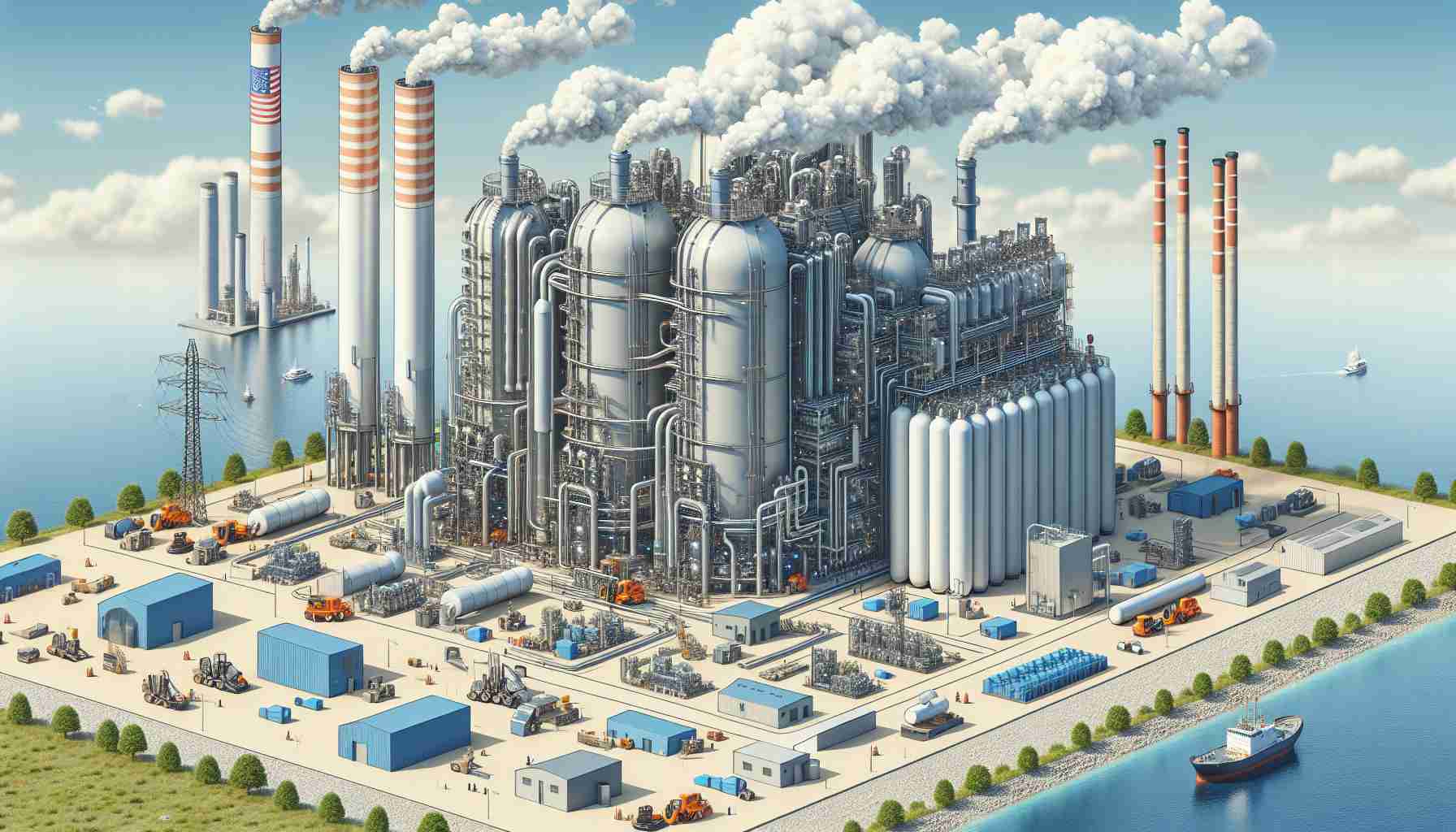American energy companies, including oil giant Chevron, are preparing to build a massive hydrogen storage facility in Utah. Two large salt caves will be emptied, and the salt dissolved in water, before being filled with hydrogen gas. The storage facility will operate as follows: excess renewable energy generated during the autumn and winter will be used to produce hydrogen, which will be stored in the caves. When the demand for energy is high and renewable sources cannot meet the requirements, for example during the summer, hydrogen will be burned along with a small amount of natural gas to generate electricity and bridge this gap.
The project is a huge investment worth $2 billion, aiming to create hydrogen storage on an unprecedented scale. It will utilize 40 large electrolyzers, weighing around 100 tons each and roughly the size of shipping containers, to split water through electrolysis. Construction is set to be completed by 2025.
Once filled, the two hydrogen-filled caves – located at depths of 3,000 to 4,000 feet below the surface but 1,200 feet high and 200 feet wide – will store more energy than all the currently installed chemical energy storage batteries in the United States.
Jigar Shah, the head of the Loan Programs Office at the U.S. Department of Energy, says the project, which offers “massive amounts of storage,” comes “at exactly the right time.” With many new renewable energy projects underway in the United States, they could collectively produce more electricity than is needed during the spring and fall seasons. “It’s a great way to deal with an excess supply,” says Shah. His office has also provided $504 million in loan guarantees for this project, believing that the project’s scale will serve as a catalyst to help reduce the cost of electrolyzers, subsequently making green hydrogen more affordable. “If nobody starts first,” Shah says, “we’ll never realize cost reductions in the future.”
Questions arise about the costs and efficiency of using electricity to produce hydrogen and then reusing that hydrogen to generate electricity again. However, John Ward, spokesperson for Intermountain Power Agency, which is building the facility, defends the idea, calling it a “paradigmatic shift.” “We’re generating hydrogen as an energy carrier,” he says. “We need more reliable energy storage for a stable grid, and that’s what this is about.”
In the coming years, such “unpredictable” energy and new storage forms could play a crucial role as the world transitions to sources that generate irregular power.
One positive aspect is that since the electricity used to produce the gas would come from renewable sources, the resulting hydrogen would qualify as “green,” regardless of costs. Hydrogen combustion produces only water vapor and emits no carbon dioxide, making it an ideal green fuel and a potential substitute for gasoline and diesel in transportation, electricity generation, and other hard-to-decarbonize industries like cement and steel.
The source of the article is from the blog bitperfect.pe
